Description
1. Introduction
2. History of Microbiology
3. Concepts of Microbiology
4. Scope of Microbiology
5. Classification of Microorganisms
6. Classification of Protozoa
7. Classification of Bacteria
8. Classification of Viruses
9. Protista
10. Monera
11. Bacteria
12. Structure of E. coli
13. Nutritional Types of Bacteria
14. Bacterial Respiration
15. Bacterial Reproduction
16. Recombination of Bacteria
17. Economic Importance of Bacteria
18. Common Bacteria
19. Algae
20. Fungi
21. Yeast (Saccharomyces)
22. The Lichens
23. Protozoa
24. Viruses
25. TMV Virus
26. T4 Bacteriophages
27. Multiplication of bacteriophages
28. Adenoviruses
29. Viroids
30. Virion
31. Prions
32. Transmission of Viruses
33. Purification of Viruses
34. Bacterial Growth
35. Culture Medium
36. Culture of Bacteria
37. Culture of E.coli
38. Culture Techniques
39. Methods of Culturing Bacteria
40. Cultural Characteristics of Bacteria
41. Maintenance of Bacterial Culture
42. Microbial Nutrition
43. Introduction to Applied Microbiology
44. Observation of Microorganisms
45. Preparations for Light Microscopy
46. Camera Lucida
47. Control of Microorganisms
48. Microbial Control Strategies
49. Microbial Control Methods
50. Soil Microbiology
51. Rhizosphere
52. Biogeochemical Cycles and Microorganisms
53. Nitrogen Cycle
54. Carbon Cycle
55. Sulfur Cycle
56. Phosphorus Cycle
57. Iron Cycle
58. Nitrogen Fixation
59. Biofertilizers
60. Microorganisms and Organic Matter Decomposition
61. Humus
62. Mineralization
63. Microbial Degradation of Cellulose
64. Microbial Degradation of Lignin
65. Microbial Degradation of Starch
66. Syntrophism in the Soil
67. Food Microbiology
68. Microbes in Food Production
69. Food Spoilage
70. Food Poisoning
71. Food Preservation
72. Food Infections
73. Microorganisms as Food and in Food Preparation
74. Agricultural Microbiology
75. Microorganisms as Biofertilizers
76. Biopesticides
77. Dairy Microbiology
78. Sources of Microorganisms in Milk
79. Bacterial Flora in Milk
80. Bacterial Pathogens of Milk
81. Bacteriological Examination of Milk
82. Preservation of Milk
83. Bacteriological Standard of Milk
84. Dairy Products
85. Milk Borne Diseases
86. Microbial Diseases of Dairy Cattle and Control Measures
87. Aquatic Microbiology
88. Water Pollution (Water Contamination)
89. Water
90. Standards of Water
91. Testing the Suitability of Water
92. Distribution of Microorganisms in Aquatic Environment
93. Aquatic Microorganisms
94. Microbiology of Domestic Water
95. Methods of Purification of Potable Water
96. Bacterial Pathogens and Water Pollution
97. Microbiology of Sewage or Wastewater
98. Sewage Treatment (Industrial Effluent Treatment)
99. Drinking Water as a Vehicle of Diseases
100. Industrial Microbiology
101. Current Development of Industrial Microbiology
102. Role of Microbes in Industrial Processes
103. Development of Bioprocesses
104. Products from Fermentation Industries
105. Fermentation Process
106. Types of Fermentations (Systems of Fermentation)
107. Methods of Fermentation
108. Production of Streptomycin
109.Fermentation Economics
110. Biomass into Bioenergy
111. Ethanol
112. Vinegar
113. Primary Metabolites
114. Vitamin B12 (Cyanocobalamin)
115. Production of Commodity/ Speciality Chemicals
116. Citric Acid Production
117. Lactic Acid Production
119. Microbial Production of Enzymes
118. Amino Acid Production
120. Production of Hormones
121. Production of Antibiotics
122. Production of Vaccine
123. Secondary Metabolites
124. Environmental Microbiology
125. Compost Making
126. Vermiculture
127. Biogas
128. Bioleaching
129. Removal of Metals from Water
130. Microbial Enhancement of Oil Recovery (MEOR)
131. Degradation of Xenobiotics
132. Bioremediation
133. Medical Microbiology
134. Bacterial Diseases
135. Viral Diseases
136. Fungal Diseases
137. Laboratory Experiments
138. Spotters
139. Glossary
Index


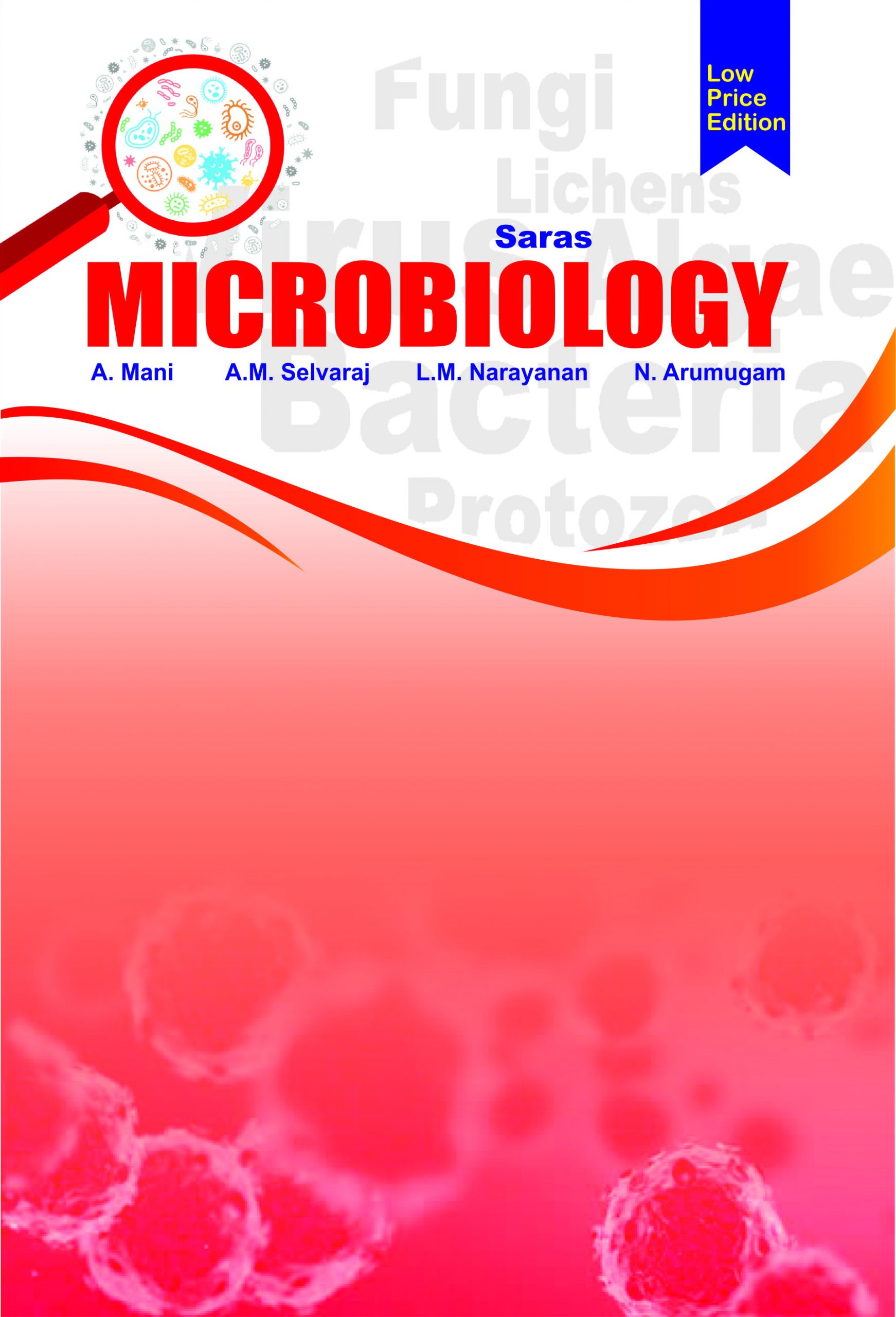
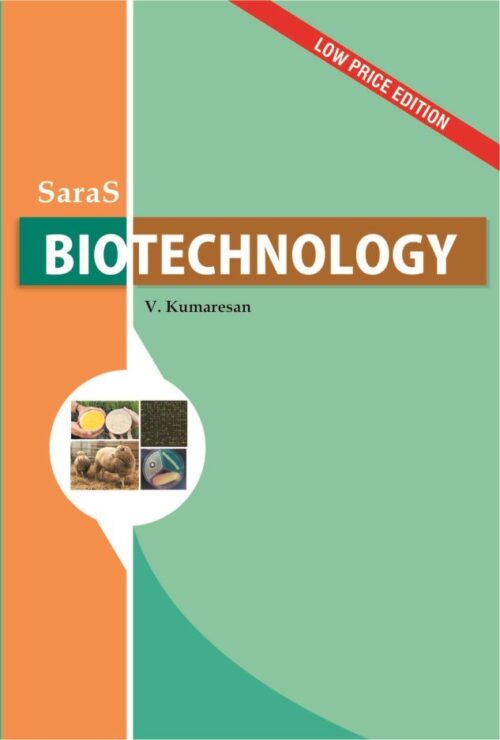
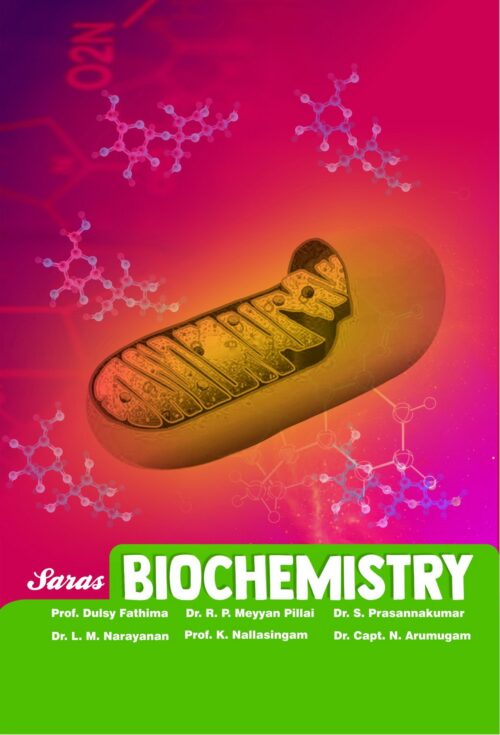
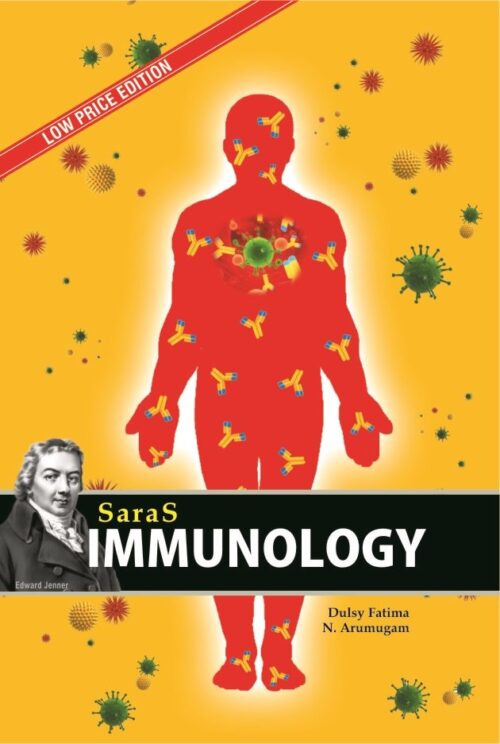

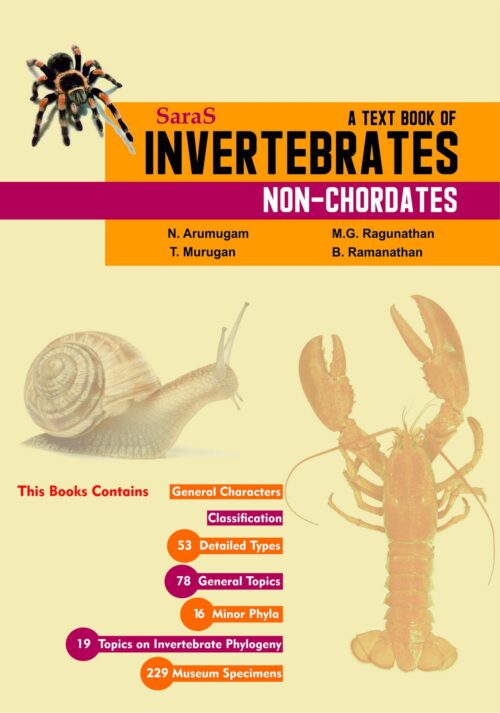

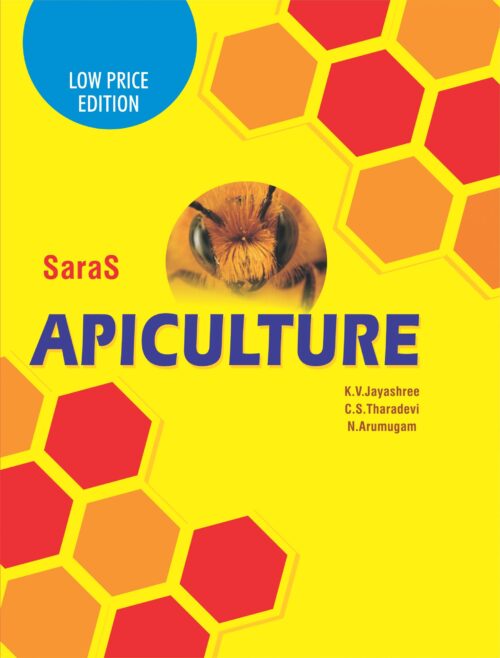

Reviews
There are no reviews yet.